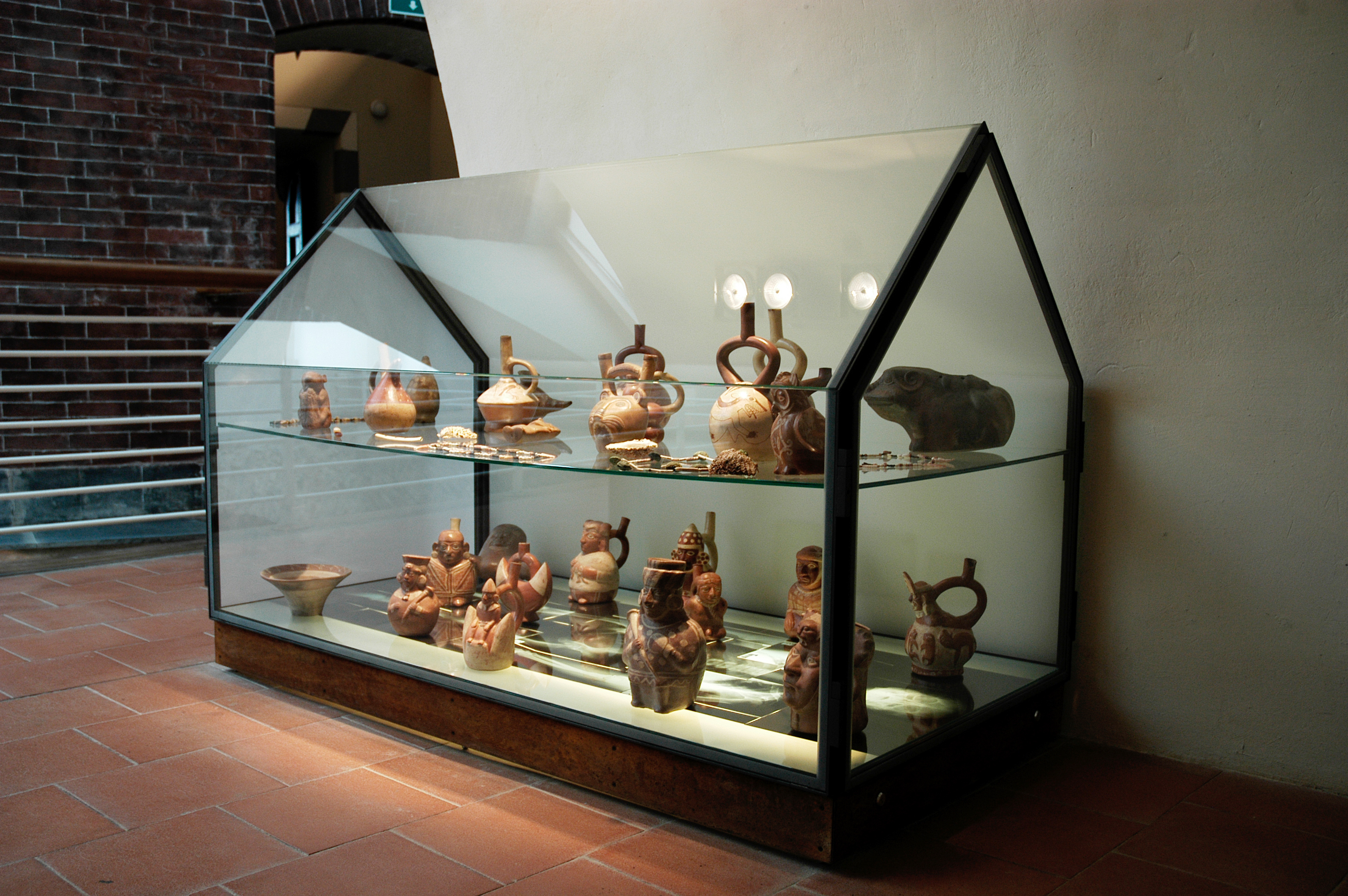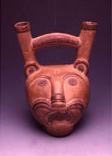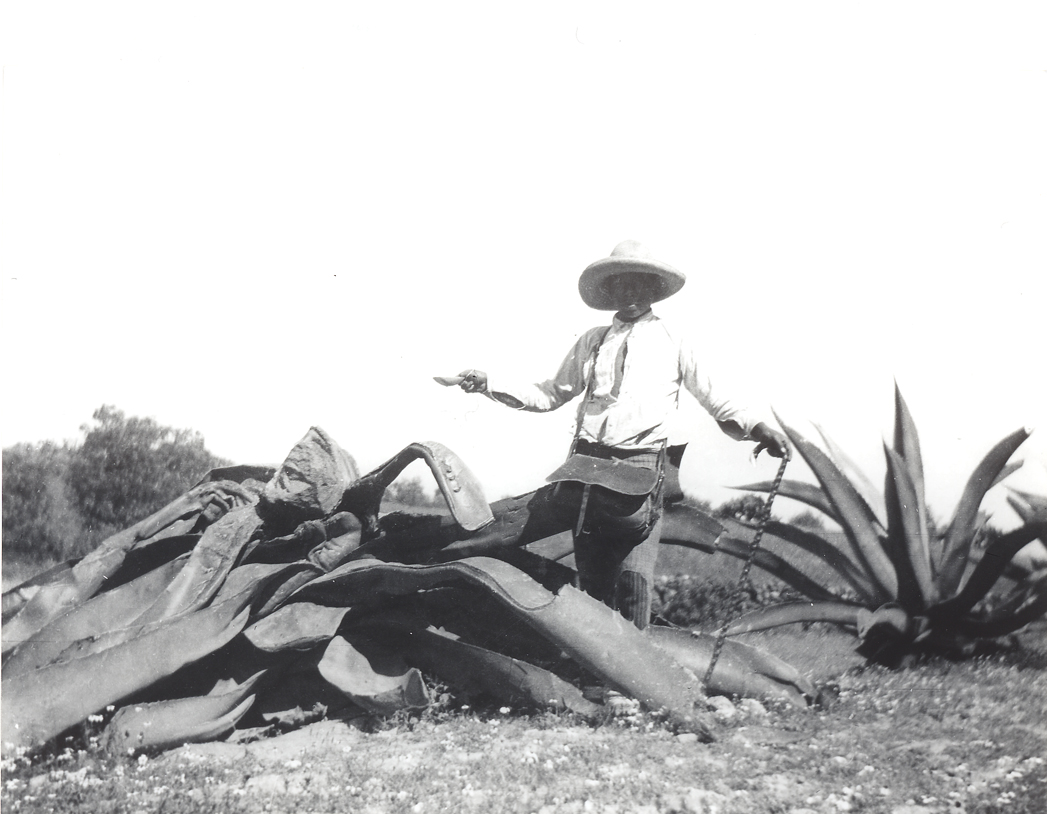
Click here to view image

Click here to view image


Click here to view image
Vase with a bridge shaped handle representing the head of a jaguar
Mario Marini Montesoro 1957 donazione
ambito Moche I-II
Vase with a bridge shaped handle representing the head of a jaguar
head shaped vase
III b.C. - VIII a.C. - 300 b.C. - 800 a.C.
Unità di misura: cm; Altezza: 19.5; Larghezza: 15; Profondità: 12
Perù
argilla- a stampo
Vero o falso? Modellare per capire. Laboratorio permanente di ceramica precolombiana. - Genova, Laboratorio didattico Sant'Agostino - 2000-2001<br>L'America indigena nelle collezioni del Civico Istituto Colombiano di Genova - Genova, Palazzo Doria - 1990
Vase with a slightly convex bottom. The body in the shape of the head of a jaguar is light brown, has open fangs and rielief teeth of cream color, The nose is in relief with horizontal incisions painted in red and brown, while the whiskers are beige, red and brown. The concentrical circles represent the eyes, incised and painted in browns, like the painted eye-brows. The ears are in relief, incised and painted in beige and brown and are shaped at the base of the two cylindrical spouts, with a red painted rim. The handle in the shape of a bridge is decorated with two patterns, a Greek fret and triangular motifs, painted in red.

Click here to view image
Flutes
Esso Standard s.d. donazione
cultura Moche
Flutes
Unità di misura: cm; Larghezza: 2; Lunghezza: 11; Spessore: 1.3; Unità di misura: cm; Larghezza: 1.8; Lunghezza: 10.7; Spessore: 1.3
Perù
osso
Due mondi a confronto. I segni della storia - Genova, Palazzo Ducale - maggio-ottobre 1992<br>L'America indigena nelle collezioni del Civico Istituto Colombiano di Genova - Genova, Palazzo Doria - marzo 1990
Two bone flutes, each with three holes, one cream-colored, the other orange-brown.
Click here to view image
Spondylus shells
Unità di misura: cm
Diametro: 9
Perù
Called mullu in the Quechua language, these large shells from the Equadorian pacific coast were an important trading article in the Andean region and had various social and ritualistic applications; they were used as offerings to the gods, as symbols of prestige, and as material for the production of different ornaments, as well as being depicted on ceramics.
Click here to view image
Click here to view image
Anthropomorphic molded figure representing a male character standing with headgear, pendants and two-wire necklace
Terracotta

Click here to view image

Click here to view image
Click here to view image
Click here to view image
Captain with Laura Doria and her daughter Orietta - Isola del Giglio



Headquarters:
Municipality of Genoa - Palazzo Tursi
Via Garibaldi 9 - 16124 Genoa
C.F / VAT 00856920102